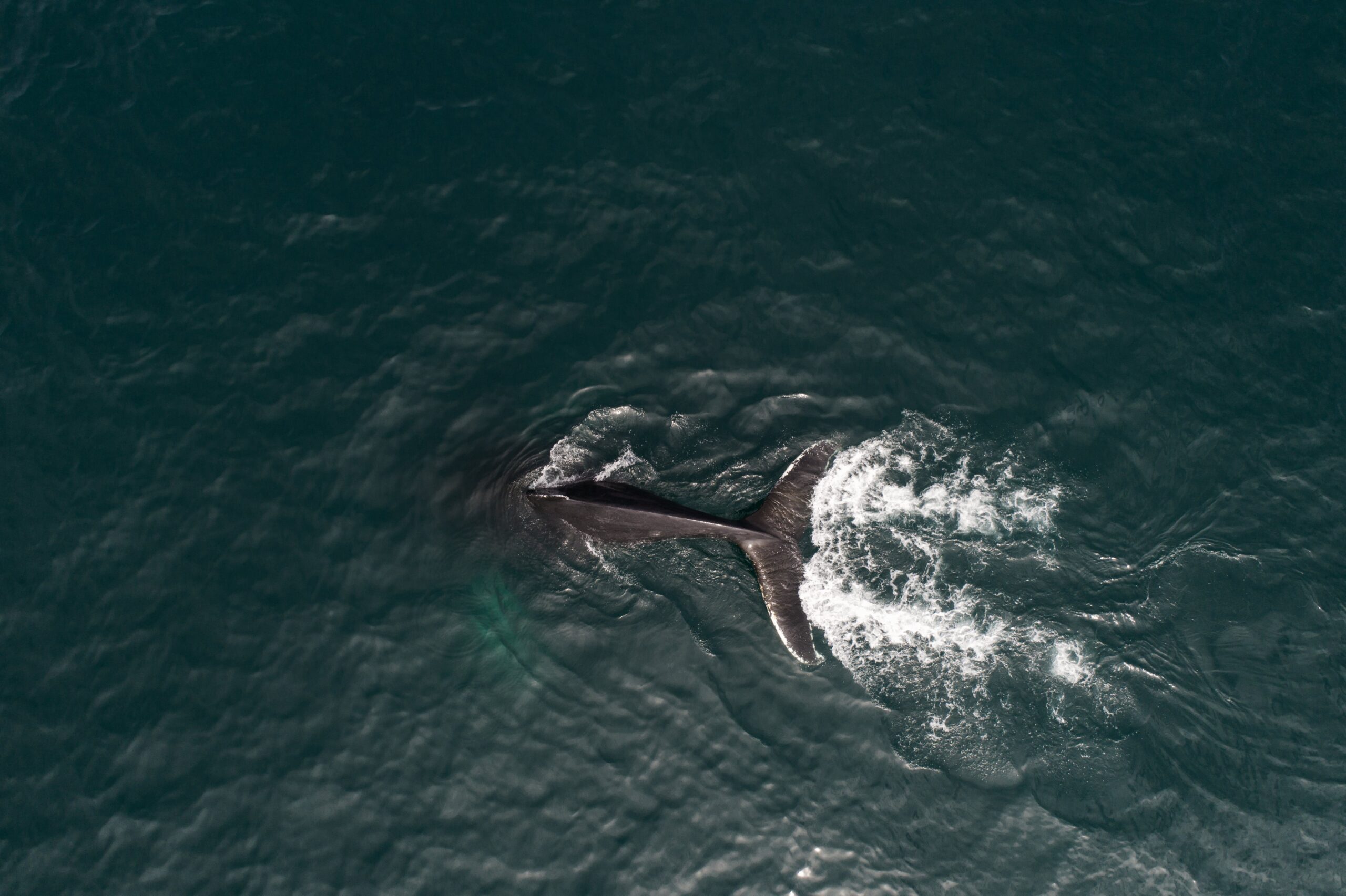Introduction
The vast expanse of our oceans, teeming with diverse marine life, is not only a source of awe-inspiring beauty but also a critical component of the Earth’s delicate ecological balance. As the global community grapples with the pressing issue of environmental degradation, there is a growing urgency to find sustainable solutions. In this pursuit, the role of seaweed-based bioplastics emerges as a beacon of hope, offering a promising avenue for both waste reduction and ocean conservation.
Overview of the Current State of the Oceans
Our oceans, covering more than 70% of the Earth’s surface, are vital to the planet’s health and sustainability. However, the current state of the oceans is alarming, marked by various environmental challenges. Rising temperatures, overfishing, and acidification are among the issues threatening marine ecosystems. Climate change has led to the melting of polar ice caps, resulting in rising sea levels that jeopardize coastal communities.
Additionally, the oceans serve as a sink for carbon dioxide, leading to increased acidity. This phenomenon, known as ocean acidification, poses a significant threat to marine life, particularly to organisms with calcium carbonate shells, such as corals and mollusks. The delicate balance of marine ecosystems is at risk, impacting not only the diverse array of species but also the millions of people who depend on the oceans for their livelihoods.
Impact of Plastic Pollution on Marine Life
One of the most pressing issues contributing to the deterioration of the oceans is plastic pollution. The vast amount of plastic waste dumped into the oceans annually has devastating consequences for marine life. Sea creatures often mistake plastic debris for food, leading to ingestion and subsequent health issues. This not only affects individual animals but also disrupts entire food chains.
Plastic pollution also damages marine habitats, such as coral reefs and seagrass beds, further compromising the intricate balance of ocean ecosystems. Microplastics, tiny particles resulting from the breakdown of larger plastic items, are of particular concern as they are ingested by smaller marine organisms, entering the food web and ultimately reaching human consumption.
The Need for Innovative Solutions
Addressing the ocean’s plight requires urgent and innovative solutions. Governments, industries, and individuals must collaborate to reduce carbon emissions, combat overfishing, and implement sustainable practices. However, a key focus should be on finding alternatives to single-use plastics and developing effective waste management systems.
Innovation is crucial in this endeavor. Researchers and businesses are exploring biodegradable plastics, advanced recycling technologies, and ocean cleanup initiatives to mitigate the impact of plastic pollution. Educating the public about responsible consumption and waste disposal is equally important in fostering a collective commitment to safeguarding our oceans.
In conclusion, understanding the current state of the oceans, recognizing the impact of plastic pollution on marine life, and advocating for innovative solutions are vital steps in preserving these critical ecosystems for future generations. It is a shared responsibility to adopt sustainable practices and prioritize the health of our oceans for the well-being of the entire planet.
Introduction to Seaweed as a Renewable Resource
Seaweed, often overlooked, is emerging as a powerful player in the realm of renewable resources, offering a sustainable alternative to conventional materials. With its rapid growth, low environmental impact, and versatile applications, seaweed has the potential to revolutionize various industries. Unlike fossil fuels, seaweed is a renewable and abundant resource that can be harvested without causing long-term harm to ecosystems.
Seaweed’s rapid growth cycle is a key factor in its sustainability. It can be harvested in a matter of weeks, making it an attractive option for reducing dependence on slower-growing resources. Moreover, seaweed cultivation requires minimal resources such as freshwater and arable land, further contributing to its eco-friendly profile. As the world seeks alternatives to depleting resources, seaweed stands out as a promising solution for a more sustainable future.
Advantages of Seaweed Cultivation Over Traditional Plastics
Seaweed cultivation offers a compelling alternative to traditional plastics, which have been a major environmental concern. Unlike conventional plastics derived from fossil fuels, seaweed-based materials are biodegradable and do not contribute to the persistent pollution plaguing oceans and landfills. The cultivation of seaweed for bioplastics provides a renewable source for manufacturing materials that can replace petroleum-based counterparts.
Additionally, seaweed cultivation can thrive in various aquatic environments, eliminating the need for extensive agricultural land typically used in the production of traditional bioplastics. This method not only conserves land resources but also minimizes the ecological footprint associated with large-scale farming practices. The shift towards seaweed-based plastics marks a significant step forward in the quest for sustainable alternatives in the battle against plastic pollution.
Seaweed’s Potential in Carbon Sequestration
Beyond its applications in material production, seaweed plays a vital role in carbon sequestration, offering a natural solution to combat climate change. Seaweed absorbs carbon dioxide (CO2) during its growth, acting as a carbon sink and mitigating the impact of greenhouse gas emissions. The cultivation of seaweed at scale could potentially contribute to a substantial reduction in atmospheric CO2 levels.
Furthermore, certain species of seaweed are being investigated for their ability to sequester carbon in the deep ocean, providing a long-term storage solution. This not only aids in climate change mitigation but also enhances the health of marine ecosystems by reducing acidification. Seaweed’s potential as a carbon sequestration tool underscores its multifaceted role in addressing environmental challenges and fostering a more sustainable planet.




